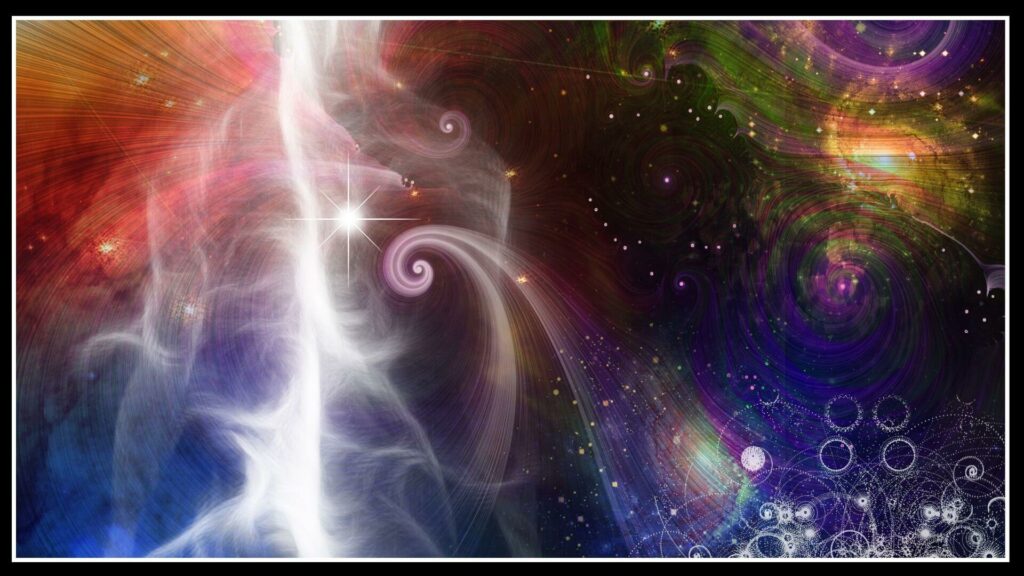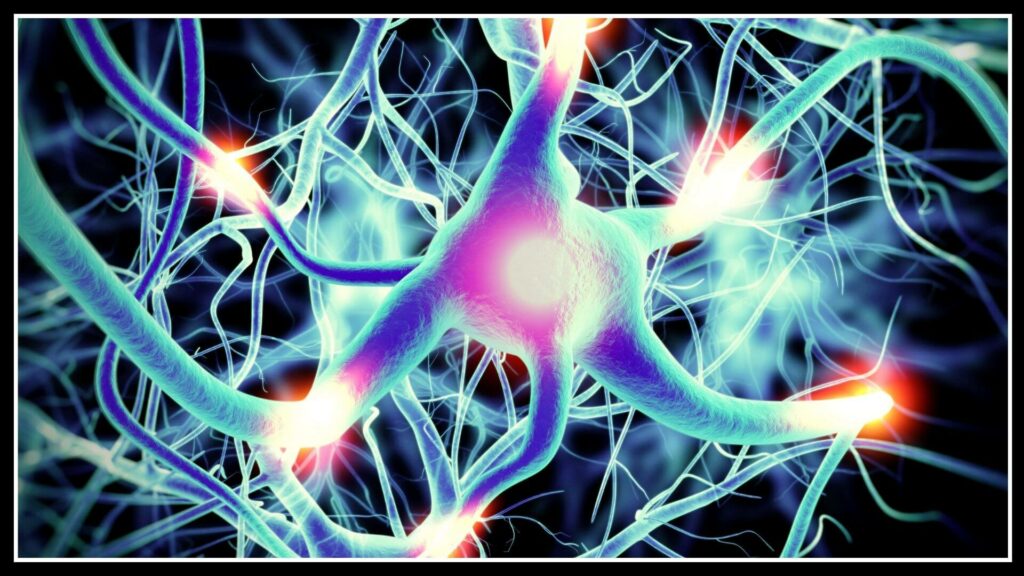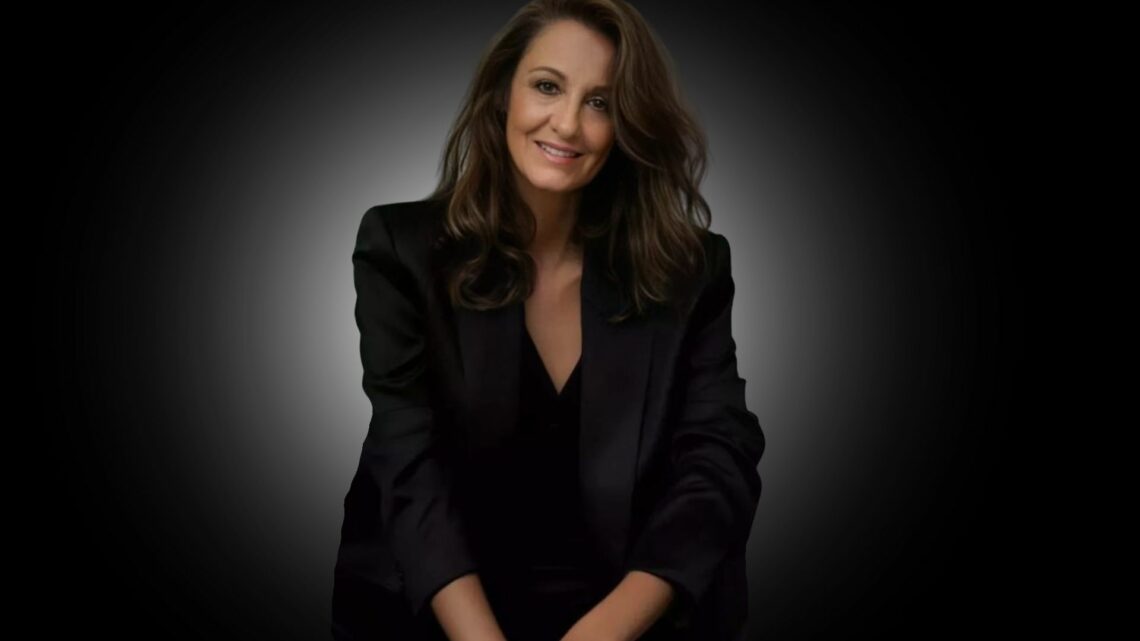
Beverley Gilmour
What is the Human Consciousness? Consciousness, at its simplest, is awareness of internal and external existence. The study of consciousness has led to the exploration of topics such as the nature of reality, the relationship between mind and body, the existence of free will, and the possibility of artificial intelligence achieving consciousness. Despite the advancements in neuroscience and psychology, the true nature of consciousness remains elusive and continues to be a subject of intense debate by philosophers, theologians, and of course all of science.
Some theories suggest that consciousness is a product of the brain’s neural activity, while others propose that it is a fundamental aspect of the universe that exists independently of physical processes. The exploration of altered states of consciousness through meditation, psychedelics, and other practices has further complicated our understanding of this complex phenomenon. Ultimately, the study of consciousness raises profound questions about the nature of existence, the limits of human knowledge, and the potential for a deeper understanding of the universe.
As we continue to unravel the mysteries of consciousness, we will eventually come closer to unlocking the secrets of the mind and the nature of reality itself. But where do we start? The foundation of our initial understanding must be solid to avoid getting lost in endless theories and hindering authentic discovery through numerous alternatives. The pivotal question that guides our research is whether we choose the scientific path or the spiritual direction.
In my doctoral research on Human Consciousness, I delve into the intersection of science and spirituality to examine the impact on the physical brain when consciousness is altered. By studying Actual Death Experiences [ADEs], I propose a theory that is both thought-provoking and conceivable.
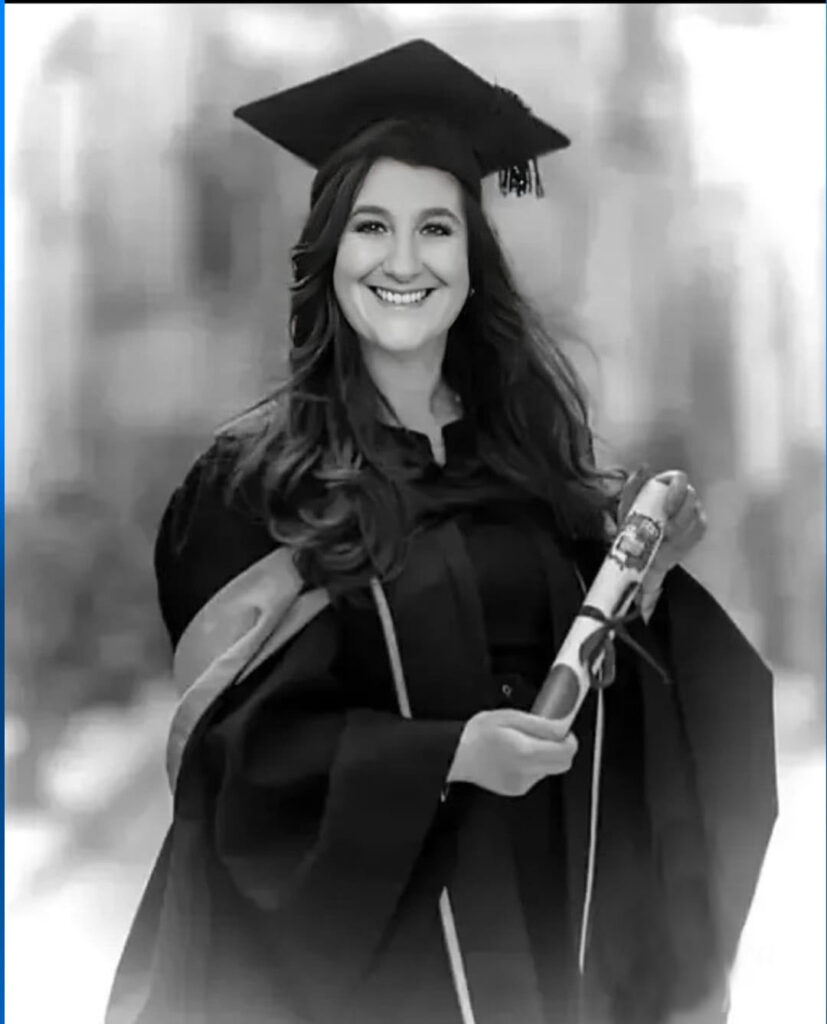
About…
I was born in Birkenhead, Wirral, Merseyside in 1965 as the youngest among three siblings. My sister is an American actress and Restaurateur, while my brother is an Engineer.
In 1982, I relocated to Lytham St Annes in Lancashire to study a Dental Nurse course at St Annes College. Upon completion of the course, I discovered my passion for the administrative aspect of office management over chairside practice.
In 2002, I commenced a Bachelor of Arts with Honors degree at the University of Central Lancashire in Moving Image Film Production and obtained a Bachelor of Arts with Honors degree in Screenwriting for Film and Television in 2008. Subsequently, in 2019, I finished a Master of Arts degree in publishing.
Traumatic Alterations in Consciousness: Traumatic Brain Injury
On the 31st of August in the year 1992, I experienced a severe brain injury which led to an extended period of altered consciousness. The enduring symptoms that lasted for three decades included Anti-NMDAR encephalitis, characterized by intense burning sensations in the brain, loss of consciousness, entering a vegetative state (malignant catatonia), chronic near-death experiences, insomnia, and seizures.
During this timeframe, I acquired knowledge that I was experiencing a phenomenon in which two separate states of consciousness were effectively engaging in communication through internal cognitive processes. Each with its unique characteristics and abilities. These two states can be categorized as the normal primary consciousness (the one I had always been familiar with prior to my brain injury), and a higher more evolved level of consciousness.
However, due to the brain injury I had suffered, my normal primary consciousness had been significantly impaired. It was no longer functioning at its usual capacity, and I found myself in a state of transition, where the higher more evolved consciousness emerged and became my primary consciousness.
This secondary consciousness seemed to possess heightened abilities and a deeper understanding of my internal cognitive processes. It was as if these two states of consciousness were engaging in a dialogue, exchanging information and insights. The more evolved level of consciousness took on the role of my primary consciousness, stepping in to initiate the healing and mending process for the damaged aspect of my normal level of consciousness caused by the brain injury.
This newfound understanding of the phenomenon occurring within my mind opened up a world of possibilities. I realized that my brain injury had not only caused impairment but had also triggered a transformation in my consciousness. It was as if my mind was adapting and compensating for the damage, utilizing this more advanced level of consciousness to navigate through the challenges and limitations imposed by the injury.
As I delved deeper into this exploration of my altered consciousness, I began to witness the remarkable resilience and adaptability of the human mind. It became clear to me that consciousness is not a fixed entity but rather a dynamic and ever-evolving process. Through this experience, I gained a profound appreciation for the complexity and potential of the human mind, as well as a newfound sense of hope and optimism for my own recovery and growth.
Journals
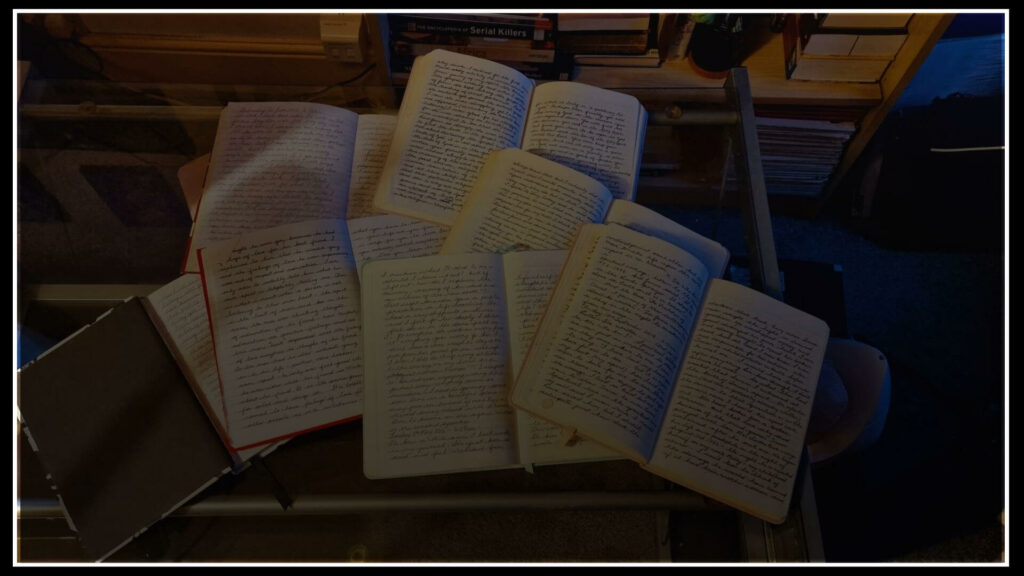
The chronicles found within the eight journals, which cover a period from April 1st, 2013, to March 20th, 2015, offer a substantial and concise comprehension of the intricate inner workings of the human psyche. These writings hold particular significance in their capacity to document an ongoing and profound philosophical exchange of communication occurring between two distinct levels of consciousness.
The texts suggest that they were composed with a heightened sense of awareness, revealing a “reality” that goes beyond the understanding of the impaired normal consciousness. The conversation between the two states of consciousness explores the intricacies of human emotions, thoughts, and actions, providing insights into the complexities of the human experience. It offers explanations for various mental disorders, including psychosis, schizophrenia, and neurodegenerative conditions like dementia, by delving into the underlying causes.
Overall, these eight journals serve as a testament to the enigmatic nature of the human mind and the ongoing quest for understanding consciousness. Furthermore, they provide valuable insights into the conscious experiences that occur during the ongoing process of my actual-death experiences.
Notably, after the conclusion of each entry, a state of unconsciousness would follow as a consequence of the tremendous pressure exerted on the brain.
